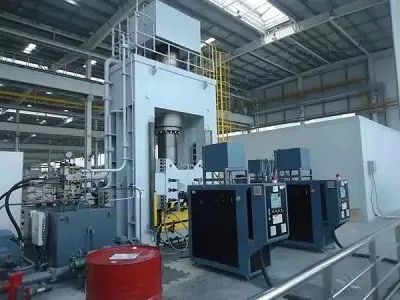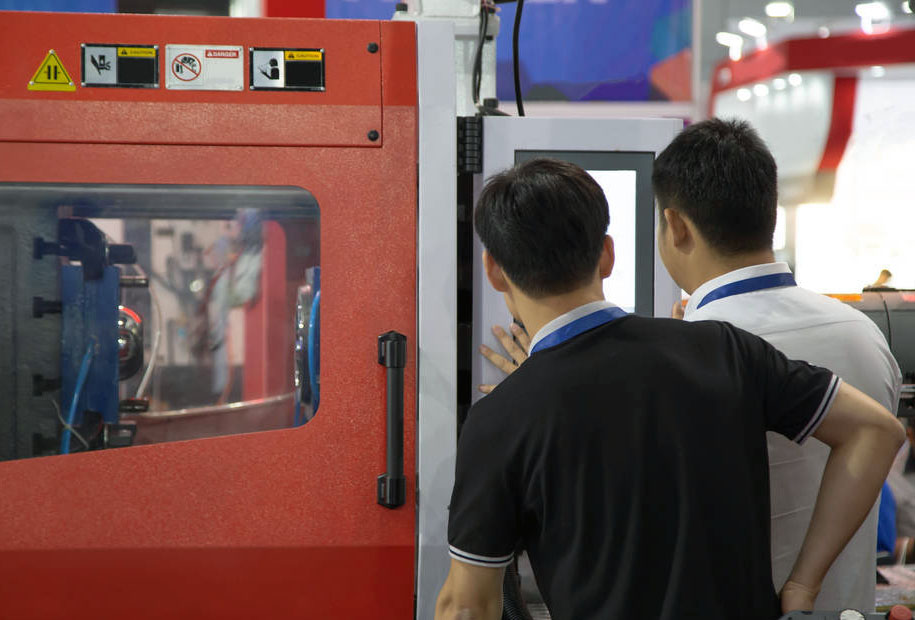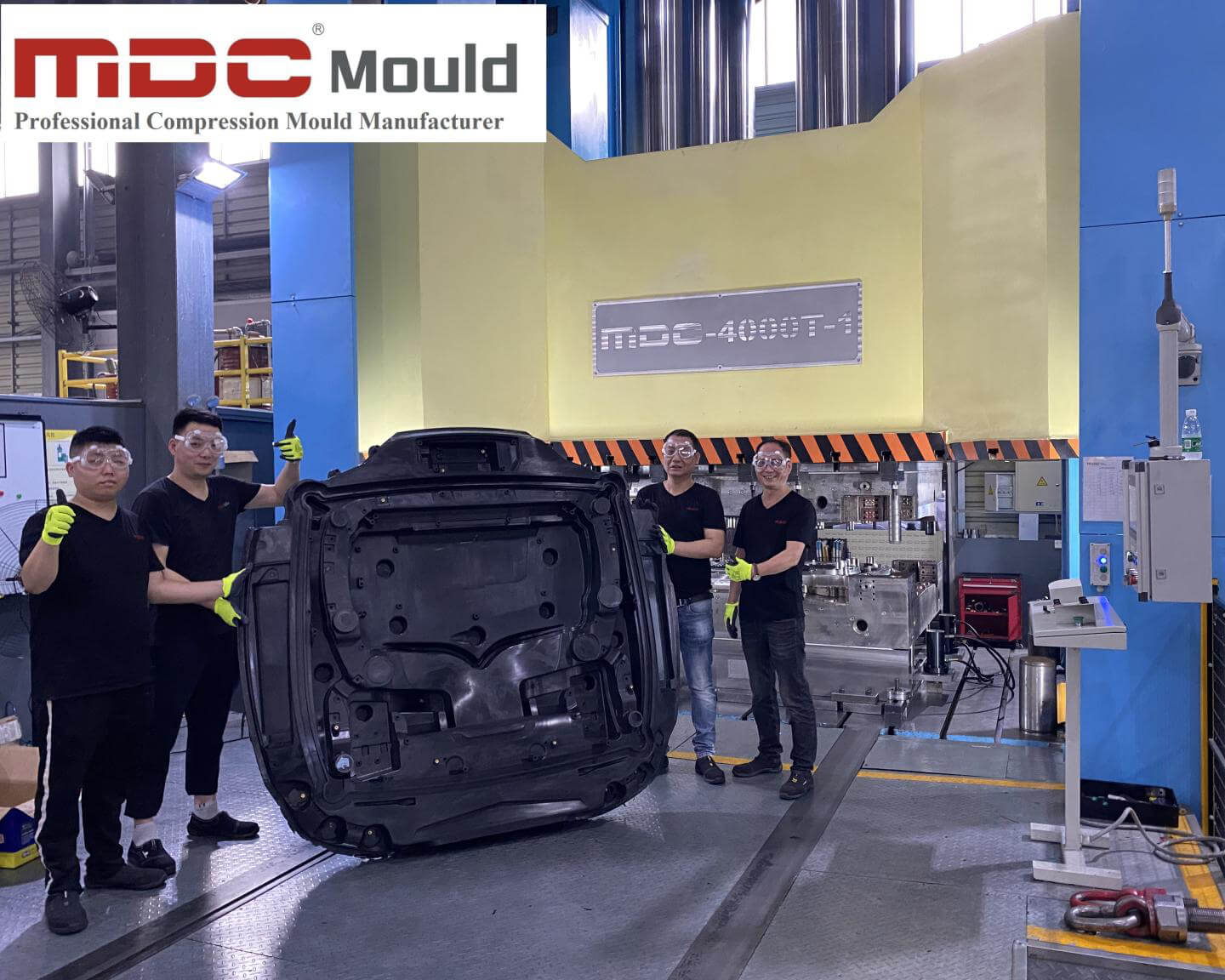In the world of manufacturing, two popular methods for producing plastic and composite parts are compression molding and injection molding. While both techniques are used to create high-quality components, they differ significantly in terms of process, materials, and applications. In this article, we will delve into the three primary differences between compression molding and injection molding, providing a detailed comparison to help you understand which method might be best suited for your needs.

1. Process and Mechanism
Compression Molding
Compression molding involves placing a pre-measured amount of material, known as a charge, into an open mold cavity. The mold is then closed, and heat and pressure are applied to shape the material into the desired form. The heat causes the material to become pliable, and the pressure forces it to conform to the shape of the mold. Once the material has cured and solidified, the mold is opened, and the finished part is removed.
This process is typically used for thermosetting plastics and composites, which require high pressure and temperature to mold. Compression molding is ideal for producing large, intricate parts with high strength and durability.
Injection Molding
Injection molding, on the other hand, involves melting plastic pellets and injecting the molten material into a closed mold under high pressure. The mold is held under pressure until the material cools and solidifies. Once the part has cooled sufficiently, the mold is opened, and the finished part is ejected.
Injection molding is commonly used for thermoplastics, which can be melted and solidified multiple times. This process is highly efficient for producing large volumes of small to medium-sized parts with complex geometries.

2. Materials Used
Compression Molding
Compression molding is predominantly used for thermosetting plastics and composite materials. Thermosets are polymers that irreversibly cure, meaning they cannot be melted and reshaped once cured. Common materials used in compression molding include phenolic resins, epoxy resins, and unsaturated polyester resins. These materials offer excellent mechanical properties, heat resistance, and dimensional stability, making them suitable for high-performance applications.
Additionally, compression molding is often used for producing parts from fiber-reinforced composites, such as carbon fiber or glass fiber, which provide superior strength-to-weight ratios and enhanced structural integrity.
Injection Molding
Injection molding primarily utilizes thermoplastic materials, which can be melted and re-melted multiple times without undergoing any significant chemical change. Common thermoplastics used in injection molding include polyethylene (PE), polypropylene (PP), polystyrene (PS), and acrylonitrile butadiene styrene (ABS). These materials offer versatility, ease of processing, and the ability to produce parts with precise dimensions and smooth finishes.
Injection molding can also be used for thermoplastic elastomers (TPE) and some thermosets, although this is less common. The ability to use a wide range of thermoplastic materials makes injection molding suitable for a diverse array of applications, from automotive components to consumer electronics.
3. Applications and Suitability
Compression Molding
Compression molding is well-suited for producing large, complex parts with high strength and durability. This process is commonly used in the automotive, aerospace, and electrical industries for manufacturing components such as:
- Automotive body panels
- Electrical insulators
- Composite parts for aircraft
- Heavy-duty industrial equipment
The ability to mold fiber-reinforced composites makes compression molding an ideal choice for applications requiring high performance and structural integrity.

Injection Molding
Injection molding is highly efficient for mass-producing small to medium-sized parts with intricate designs and tight tolerances. This process is widely used across various industries, including:
- Consumer electronics (e.g., housings for electronic devices)
- Medical devices (e.g., syringes, medical instrument components)
- Automotive components (e.g., dashboard parts, clips, and fasteners)
- Packaging (e.g., caps and closures for bottles)
The high production speed and ability to produce parts with consistent quality make injection molding a preferred method for high-volume manufacturing.
Conclusion
Both compression molding and injection molding have their unique advantages and are suited for different types of applications. Compression molding is ideal for producing large, durable parts from thermosetting plastics and composites, while injection molding excels in creating small to medium-sized parts from thermoplastics with high efficiency and precision.
Understanding the differences between these two molding techniques can help manufacturers choose the most appropriate method for their specific needs, ensuring optimal performance, cost-effectiveness, and quality in their final products.